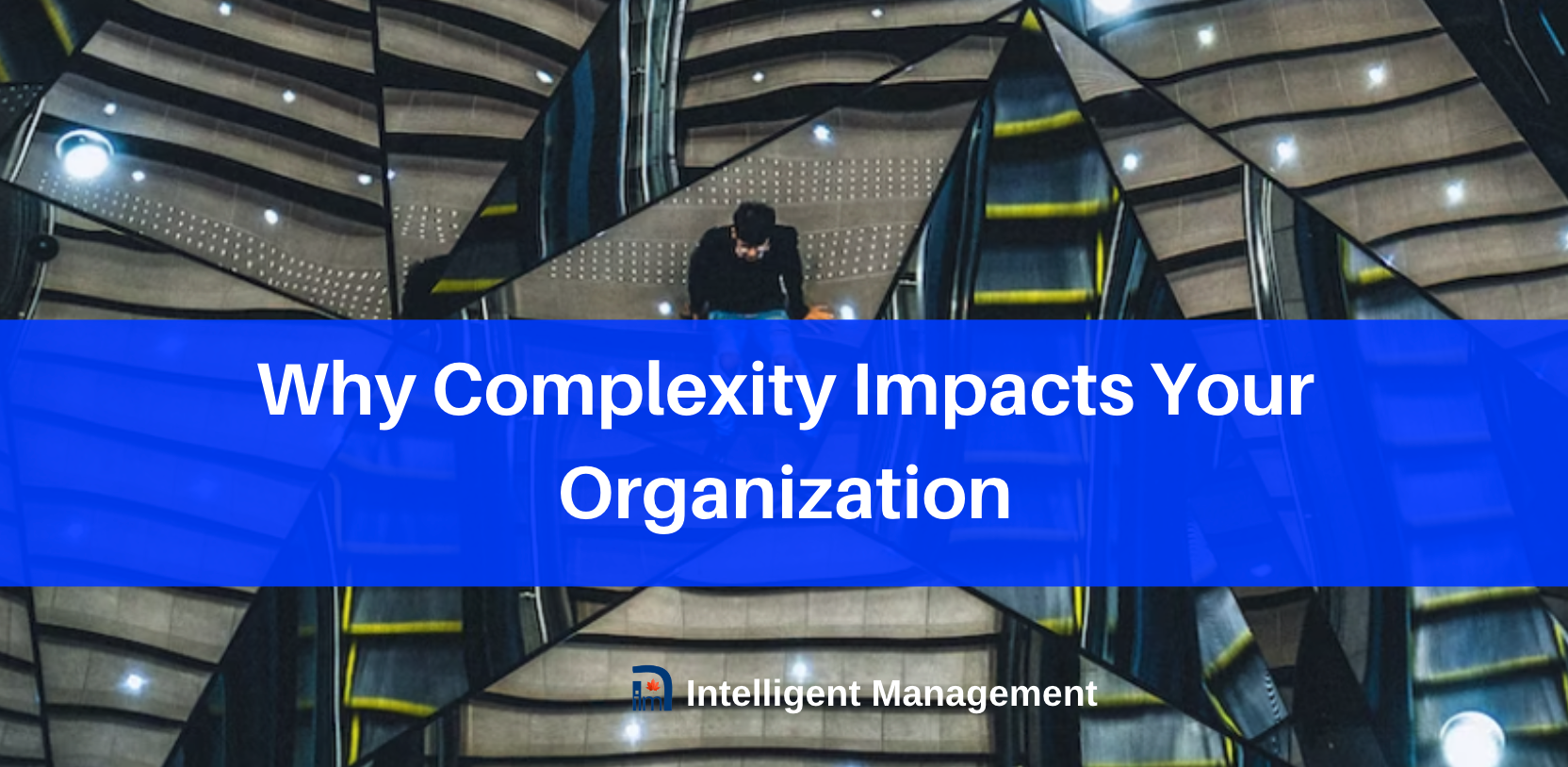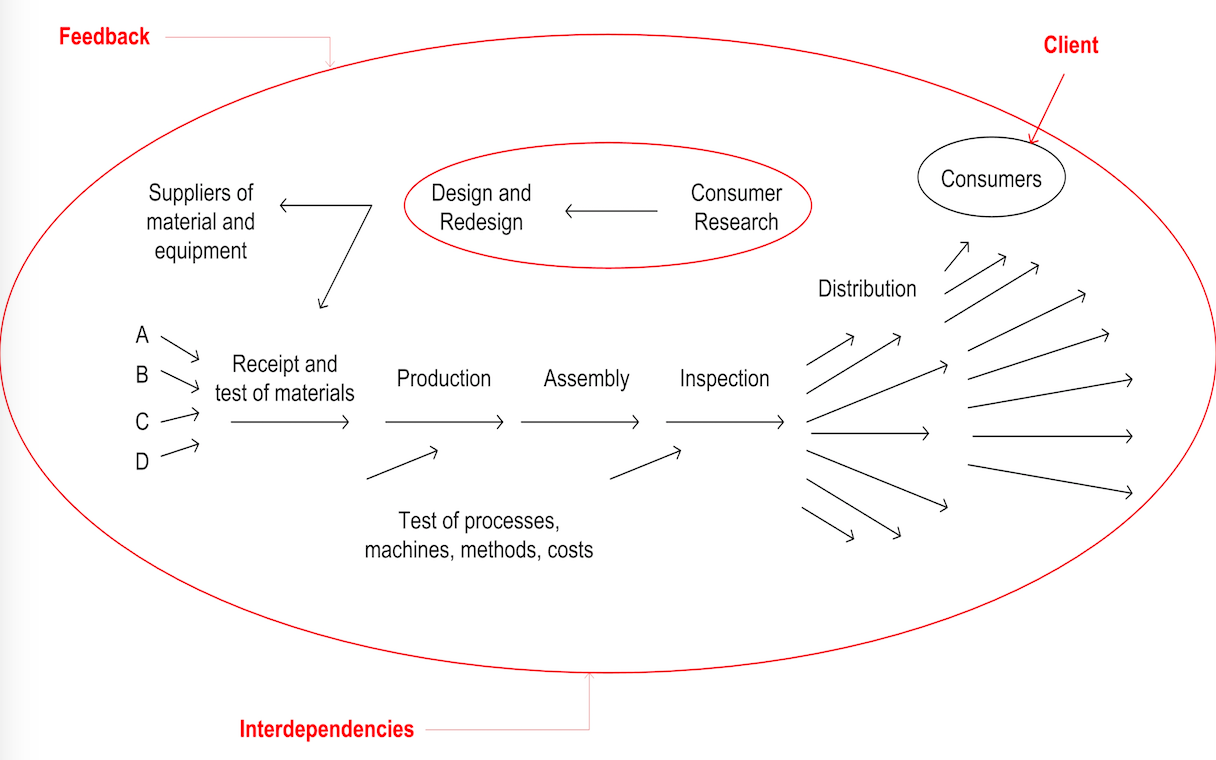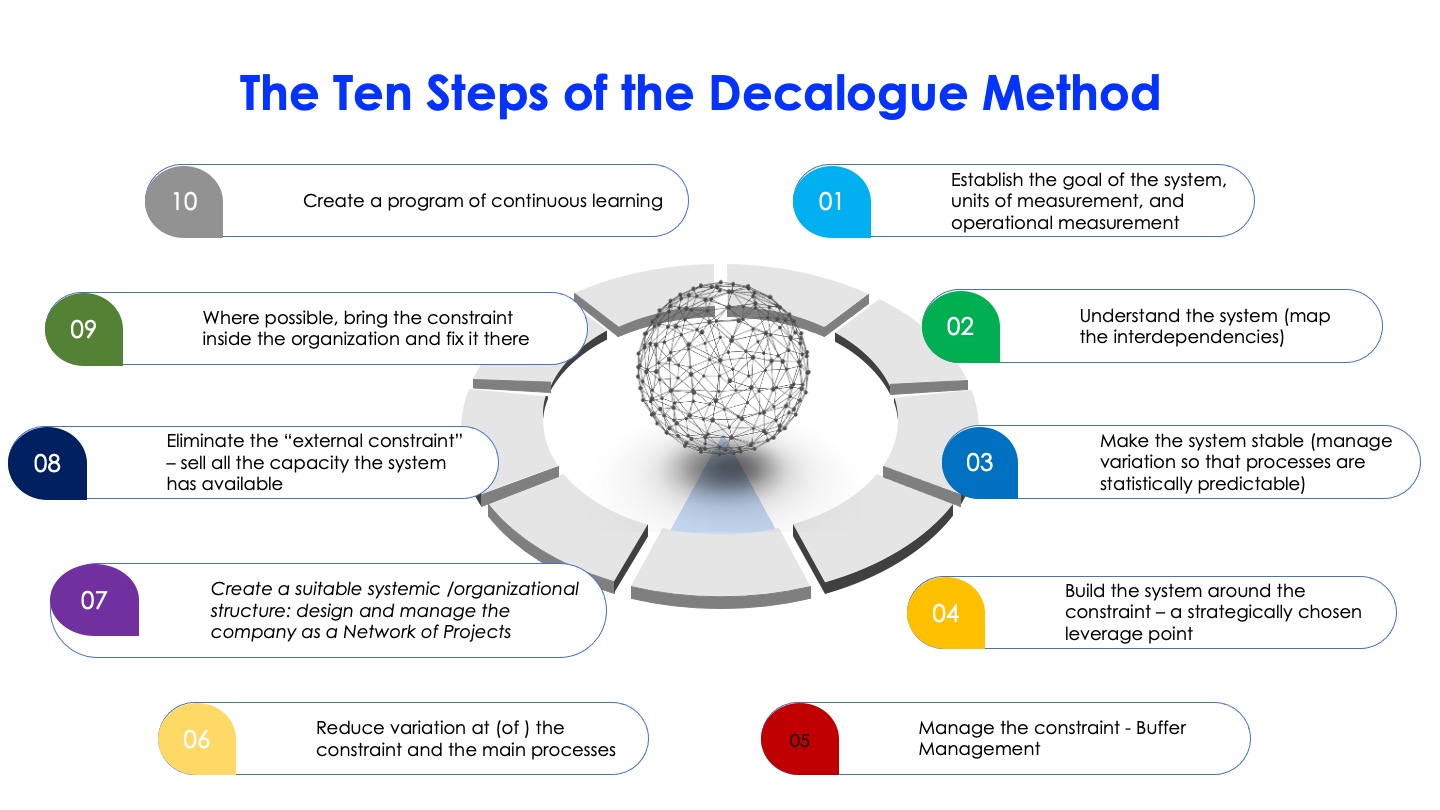
It’s a new year and this month the Intelligent Management team are completing a new book! We are particularly honoured to be publishing something again with Springer, this time as part of their SpringerBriefs in Complexity Series. While our new book will appeal to those interested in the most scientific and mathematical aspects of managing companies as a Network of Projects, the following post is an excerpt that we feel is important for everyone involved in leadership and management to read.
Why complexity matters

It is more evident than ever that the major challenge of our times is complexity – a level of interdependencies that the world has never before experienced. Paradoxically, there is little real understanding in the corporate world, or elsewhere for that matter, of what complexity is and how it originates. Complexity requires deep shifts, not just techniques and tactics, if we are to operate and innovate in a complex world. Indeed, most organizations are still based conceptually and operationally on models that are insufficient for complexity. Rather, they still reflect a mechanistic paradigm that leads to silos, fragmentation and a zero-sum game. No matter which techniques forward-looking leaders and managers may try to adopt, management remains widely rooted in the idea of command and control, and this is reflected in a traditional, hierarchical/functional organizational design (silo mentality).
What’s wrong with silos?

Dividing up an organization as a traditional functional hierarchy that does not take into account the systemic nature of a company creates a series of problems. Just some of these are:
- Communication is slowed down, even blocked;
- Innovation is stifled by bureaucracy;
- Projects are delayed and go over budget;
- Quality suffers;
- Reaction time to changing market demands is too slow;
- Individuals are delayed in carrying out the tasks for which they are responsible due to a misalignment between responsibility and authority;
- There is not natural way for competencies, both technical and managerial, to develop due to artificial “ceilings”;
- Departments carry out their work based on the local measurements and therefore local optima, losing sight of the overall goal of the organization;
- Production planning can be completely uncorrelated with sales;
- Cause and effect relationships that exist in organizations are not evident (it takes time for the effects of a cause to propagate through a system);
- There are no means for understanding the implications of local, siloed decisions on the big picture.
A new solution
Ever since the mid 1990s, our work in the field with companies in a wide range of sectors in Europe and North America has had the aim of introducing and continuously developing a systemic approach to management that is fit for our age of complexity. This necessarily requires elements of science that are lacking in the day-to-day management of most companies.
We can thank Dr. W. Edwards Deming for enlightening the world to the fact that companies are inherently systems. This understanding enables us to view the organization as an integrated whole instead of a collection of departments or functions with artificial barriers. Consequently, an organization needs to be managed as a whole and in terms of the interdependencies that exist both internally and externally, as demonstrated in the 1950s in Deming’s famous sketch of “Production Viewed as a System.” Dr. Deming’s diagram introduces the three essential features that are totally missing in an organization when it is not viewed as a system:
- a feedback mechanism
- visibility of the customer (and suppliers) in the organization
- a learning cycle based on feedback
The following diagram takes inspiration from Deming’s sketch. Our version shows how a whole organization can be viewed as a system.

Deming’s definition of a system in The New Economics is the most useful and practical:
A System is a set of interdependent components that work together toward a common goal.
Through our work with the Decalogue methodology (first published in Lepore, D. Cohen, O.: Deming and Goldratt: the Decalogue. North River Press, Great Barrington Mass.(1999), we have come to recognize over the years that there are just two fundamental forms of activities in any organization: repetitive processes and one-off initiatives, or projects. In light of this realization, we can remain coherent with Dr. Deming’s precepts in a way that is rigorous and re-verbalize his definition as:
“An organization is a System; a network of interdependent people and resources working in processes and projects to achieve a common goal”.
When we take into account network theory, we can provide a more contemporary definition of an organization as: An organization is an Oriented Network where the direction of the “orientation” is determined by the goal of the organization. (See Lepore, D.: Sechel: Logic, Language and tools to Manage any Organization as a Network. Intelligent Management, Toronto (2010).
This understanding has implications for all aspects of the organization, from leadership to day-to-day operations.
PREVIOUS POSTS IN OUR SERIES ABOUT A SYSTEMIC APPROACH TO ORG DESIGN, MANAGEMENT AND OPERATIONS:
Radically Improving Organizational Performance – A Systemic Approach to Management Part 1
Leadership for Complex Times – A Systemic Approach to Management Part 5
Working with Variation to Support Good Decision Making – A Systemic Approach Part 7
Why Your Organization’s Constraints Are the Key to Success – A Systemic Approach Part 8
Improving Flow Company Wide – A Systemic Approach Part 9
Controlling the Whole Organization through the Constraint – A Systemic Approach Part 10
End Silos and Dissatisfaction: Learn to Operate as a Network of Projects Organization – A Systemic Approach Part 12
Company Functions Are Limiting Your Organization’s Performance – A Systemic Approach Part 13
Are Companies with a Hierarchical/Functional Mindset Dinosaurs? A Systemic Approach Part 14
Shifting Your Focus from Cost to Throughput is How You Can Thrive–A Systemic Approach Part 15
Why HR Is So Much More than a Department – A Systemic Approach Part 17
Continuous Learning Is a Must for Organizations Today – A Systemic Approach Part 18







Leave a Reply